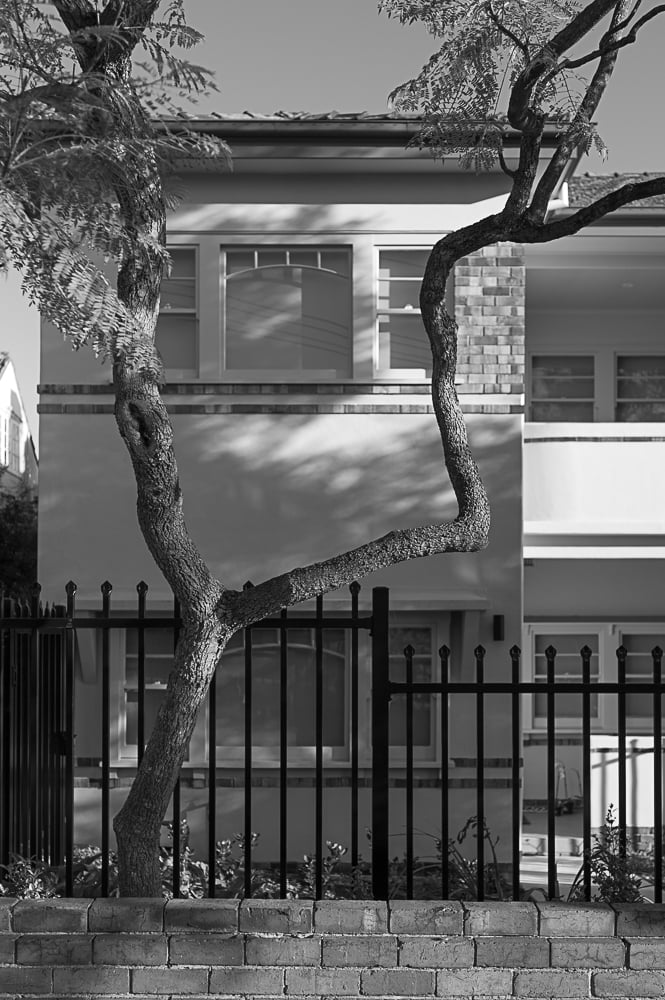Mos6502
Well-known
I very frequently use a medium yellow filter when shooting B&W film. It gives a subtle, but noticeable effect, bringing out the clouds and enhancing the contrast in foliage. It is, for most lighting situations and locations a choice that will improve the rendering of the image. Then there is the yellow-green filter, one that I frequently use although not half so much as the yellow filter. This is a filter that seems to have fallen out of favor. It used to be quite common in the early years of panchromatic films for correcting color response. Perhaps because it doesn't provide the dramatic skies of an orange or red filter, it simply doesn't get recommended for those looking to create some moodiness in their images. This may be a mistake as I've found it can greatly change the look of photos without giving the "manipulated" feel of a red filter.
 Effect of the Yellow Green Filter by Berang Berang, on Flickr
Effect of the Yellow Green Filter by Berang Berang, on Flickr
Above: the unfiltered image image is on the left, the filtered image is on the right. The grey-blue paint of the railing was darkened considerably by the filter, and the contrast in the grain of the unpainted wood was also boosted, shadows are slightly darker but the green plants come out at roughly the same value in both images.
The Yellow-Green filter holds back some of the indigo and violet, and lets through green and yellow. This can result in a surprisingly strong increase in contrast of the image, because most panchromatic films are somewhat less sensitive to the green spectrum of light than other colors, and because shadows are (at least in natural light) blueish. This also makes this filter one which really needs to be given a practical test for one to figure out the correct filter factor for the film they are using, as some films are less sensitive to green than others, as I found out when using this filter on AristaPan 100, and found the suggested filter factor was not strong enough!
 stoned by Berang Berang, on Flickr
stoned by Berang Berang, on Flickr
 leaf behind bars by Berang Berang, on Flickr
leaf behind bars by Berang Berang, on Flickr
All the above were shot on Rollei RPX 400.
The effect seems to evoke the look of 1950's film noir, producing a low key effect that I'm surprised isn't made use of more frequently. Perhaps, like many effects, the preference is to increase the contrast at the printing stage. An untrained eye would never know the difference.
 Effect of the Yellow Green Filter by Berang Berang, on Flickr
Effect of the Yellow Green Filter by Berang Berang, on FlickrAbove: the unfiltered image image is on the left, the filtered image is on the right. The grey-blue paint of the railing was darkened considerably by the filter, and the contrast in the grain of the unpainted wood was also boosted, shadows are slightly darker but the green plants come out at roughly the same value in both images.
The Yellow-Green filter holds back some of the indigo and violet, and lets through green and yellow. This can result in a surprisingly strong increase in contrast of the image, because most panchromatic films are somewhat less sensitive to the green spectrum of light than other colors, and because shadows are (at least in natural light) blueish. This also makes this filter one which really needs to be given a practical test for one to figure out the correct filter factor for the film they are using, as some films are less sensitive to green than others, as I found out when using this filter on AristaPan 100, and found the suggested filter factor was not strong enough!
 stoned by Berang Berang, on Flickr
stoned by Berang Berang, on Flickr leaf behind bars by Berang Berang, on Flickr
leaf behind bars by Berang Berang, on FlickrAll the above were shot on Rollei RPX 400.
The effect seems to evoke the look of 1950's film noir, producing a low key effect that I'm surprised isn't made use of more frequently. Perhaps, like many effects, the preference is to increase the contrast at the printing stage. An untrained eye would never know the difference.




